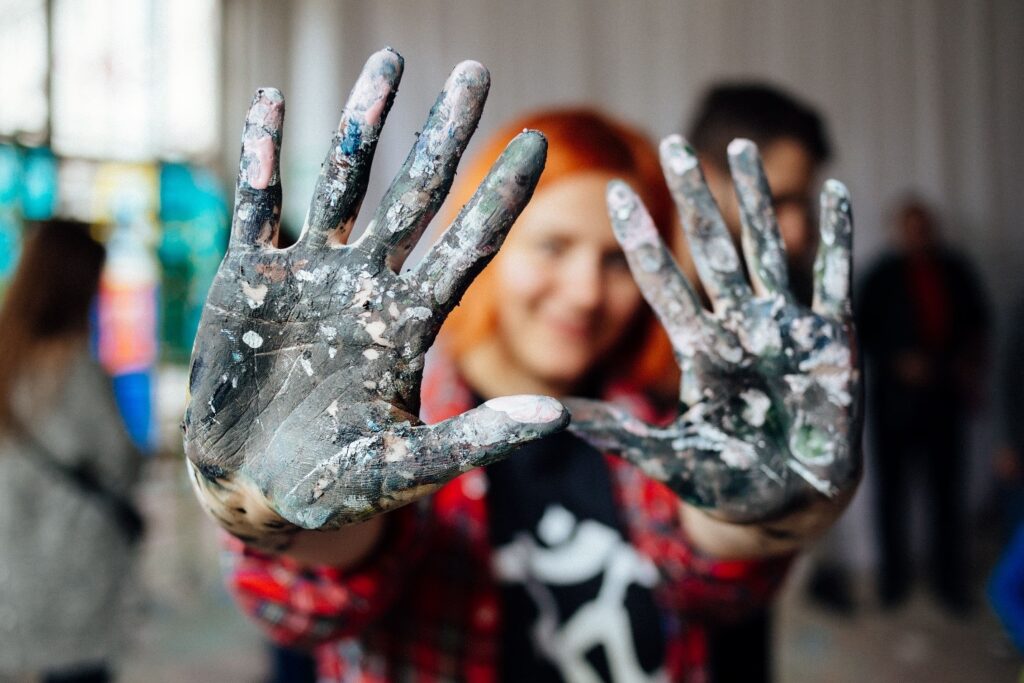
In a world increasingly characterized by stringent academic expectations, social media pressures, and complex family dynamics, the mental health of teenage girls often hangs in a delicate balance. While traditional forms of therapy can be effective, they may not resonate with all, especially young individuals who are still exploring their identities and personal expressions. Enter art therapy, a form of psychotherapy that encourages self-expression through creative activities like drawing, painting, and sculpting. Eva Carlston Academy reviews this therapeutic approach, which has been gaining ground as a powerful tool in empowering teen girls to navigate the challenges of adolescence.
Understanding Art Therapy
Art therapy is grounded in the belief that creative expression can foster healing and mental wellness. It is a modality that utilizes the process of artistic creation to help individuals explore emotions, develop self-awareness, manage stress, and boost self-esteem. For teenagers, particularly girls, who are often more susceptible to emotional fluctuations during puberty, art therapy offers a non-verbal outlet for complex feelings that they might not be able to express through words.
The American Art Therapy Association highlights that this form of therapy helps individuals “resolve conflicts, improve interpersonal skills, manage problematic behaviors, reduce negative stress, and achieve personal insight.” The accessibility of art—regardless of innate talent—makes it a universal medium for personal exploration and expression.
The Plight of Teenage Girls Today
Today’s teenage girls face a myriad of pressures. From body image issues exacerbated by the curated realities of Instagram to cyberbullying, academic pressures, and a heightened awareness of global issues, the weight on their shoulders is immense. The statistics are telling; according to the World Health Organization, depression is the predominant cause of illness and disability for both boys and girls aged 10 to 19, with girls being disproportionately affected.
The silent battles these young women face can lead to feelings of isolation, confusion, and despair. Traditional talk therapies can sometimes feel intimidating or ineffectual for those who are naturally more reserved or who struggle to articulate their emotions.
The Role of Art Therapy in Expression and Healing
Art therapy offers an alternative avenue for expression that doesn’t rely solely on words. For teen girls, it provides a safe space to visually express what’s happening in their minds without the fear of judgment or misunderstanding. For instance, creating an abstract painting can allow a girl to explore her feelings of sadness or anxiety without having to verbalize them directly, which can sometimes feel overwhelming.
Moreover, the act of creating something tangible can be incredibly empowering. It gives control back to the individual—an essential aspect for teens who often feel that much of their lives is governed by external factors, such as school and parental expectations. Completing an artwork instills a sense of accomplishment, which can significantly boost self-esteem.
Case Studies and Practical Applications
Several case studies underscore the transformative power of art therapy. In a high school setting, a group of teenage girls participated in weekly art therapy sessions over a semester. The program provided various materials and mediums, allowing the girls to choose how they wanted to express themselves each week. The results were profound. Teachers and parents noted improvements in the girls’ overall mood, communication skills, and openness in discussing their feelings.
One particular case involved a 15-year-old girl struggling with severe anxiety and depression. Through regular art therapy sessions, she found a preference for watercolor as her primary medium. She expressed that mixing colors and creating fluid shapes on paper was therapeutic, and that it mirrored her mental process of navigating emotions. Over time, her ability to manage anxiety improved significantly, showcasing how metaphorical expression through art can parallel emotional growth and recovery.
Implementing Art Therapy
Implementing art therapy into the lives of teen girls can be done in various ways. Schools can incorporate it into their regular counseling services, offering sessions as a part of their wellness programs. Communities and local health centers can also host art therapy workshops focused on teenagers. For families, engaging a certified art therapist for private sessions is another approach to supporting a teen’s mental health.
Art therapy represents a vibrant thread in the broader tapestry of mental health solutions for today’s youth. For teenage girls, who often navigate complex emotional landscapes, it offers a canvas to color outside the lines—to explore, express, and understand themselves in a profoundly personal and meaningful way. As more schools, communities, and therapists recognize the benefits of art therapy, it is poised to become a vital tool in supporting the mental health of young women across the globe. By harnessing creativity, we pave another path to healing—one brushstroke at a time.



